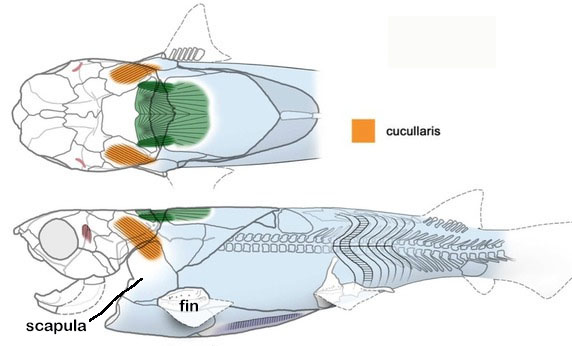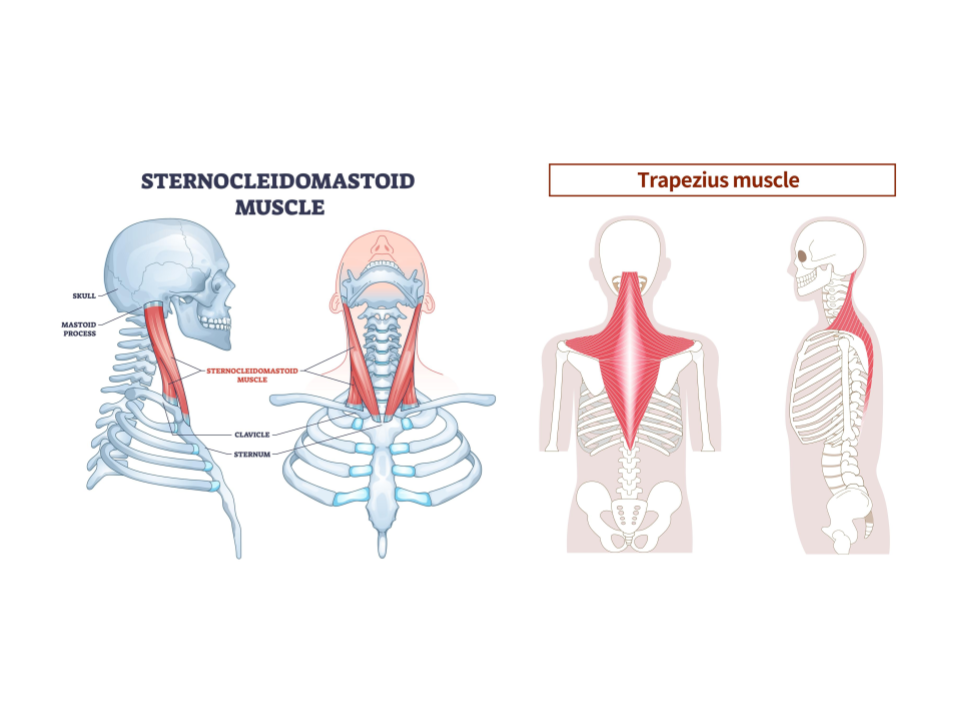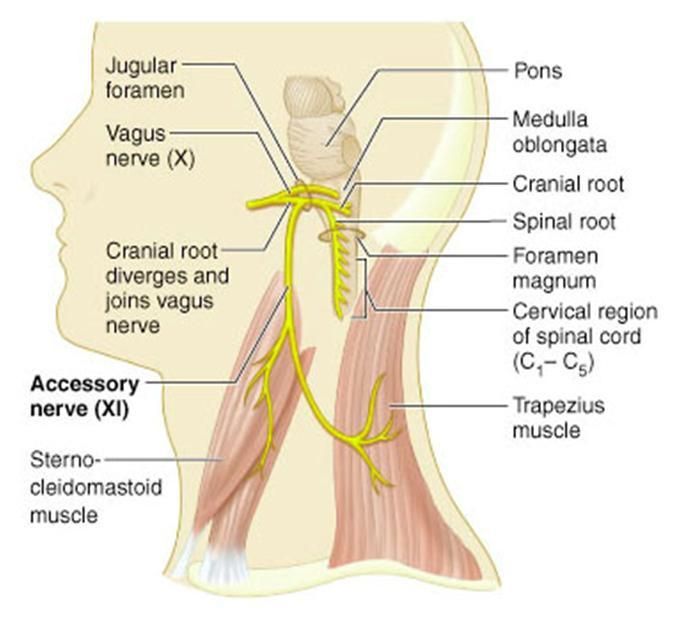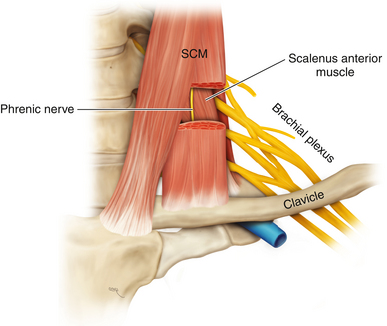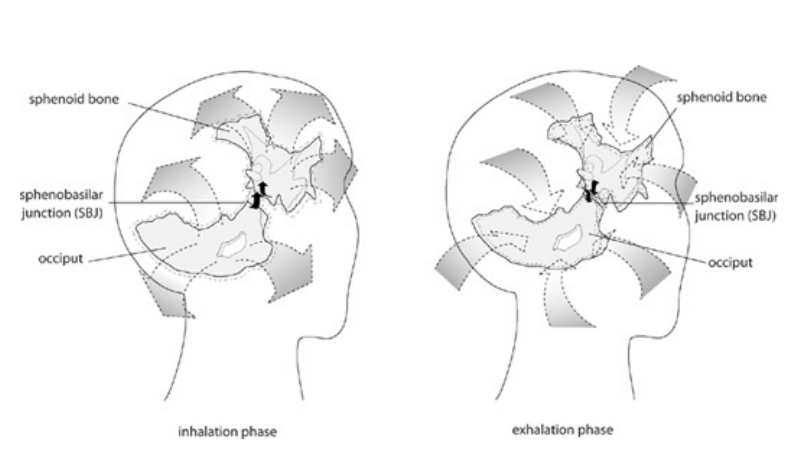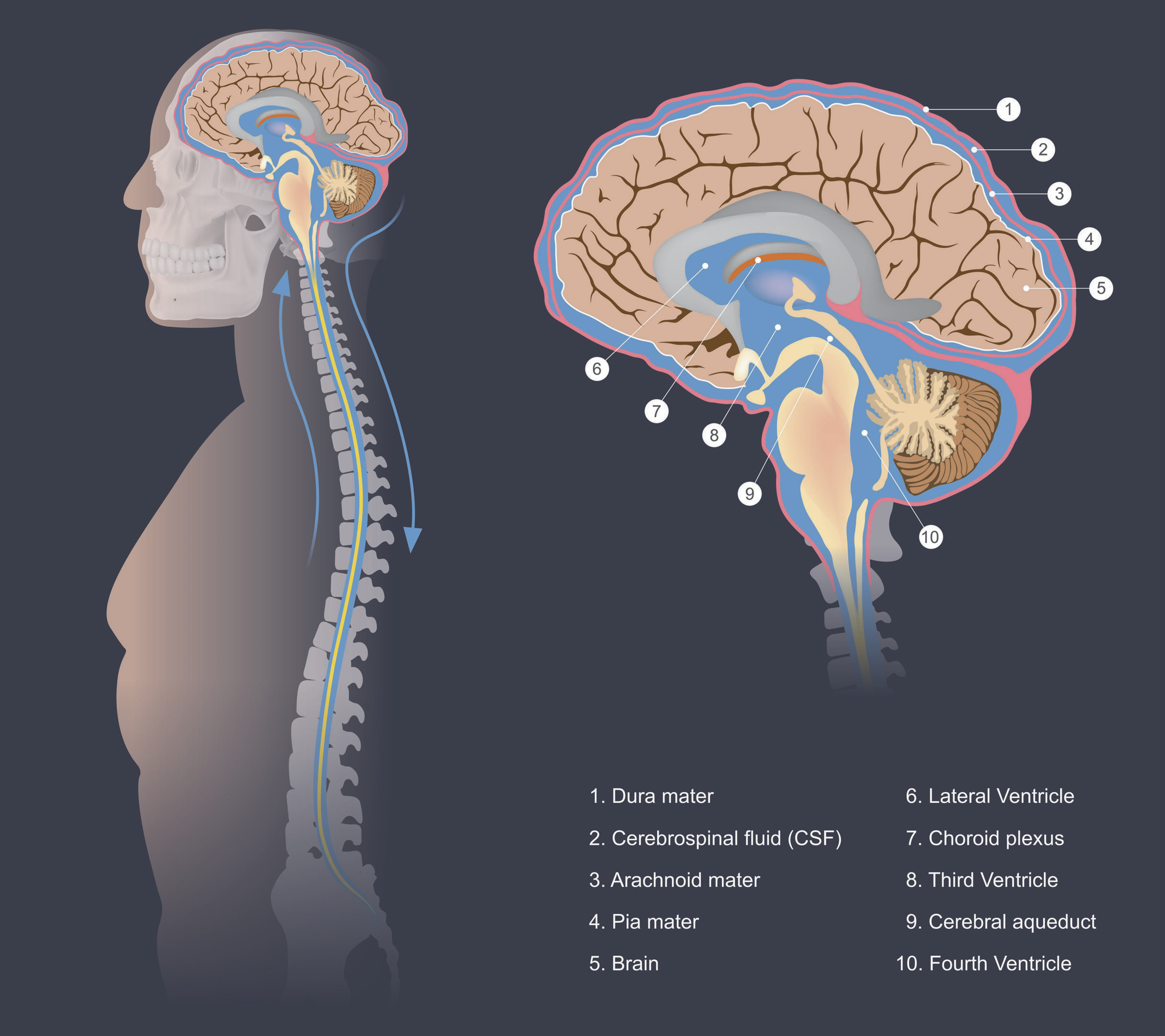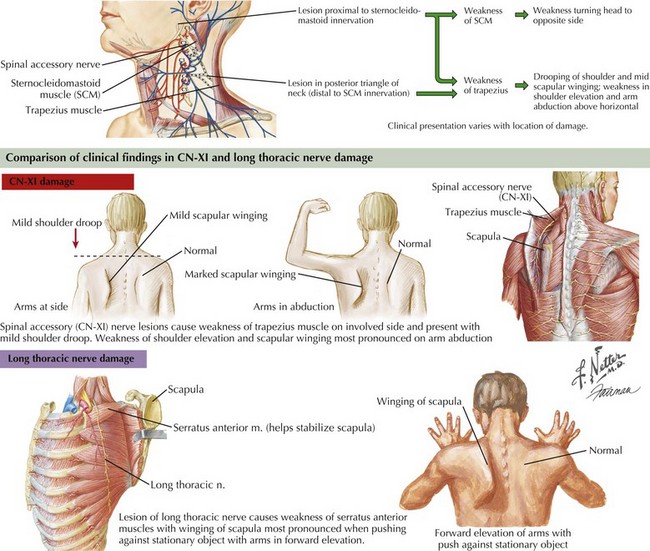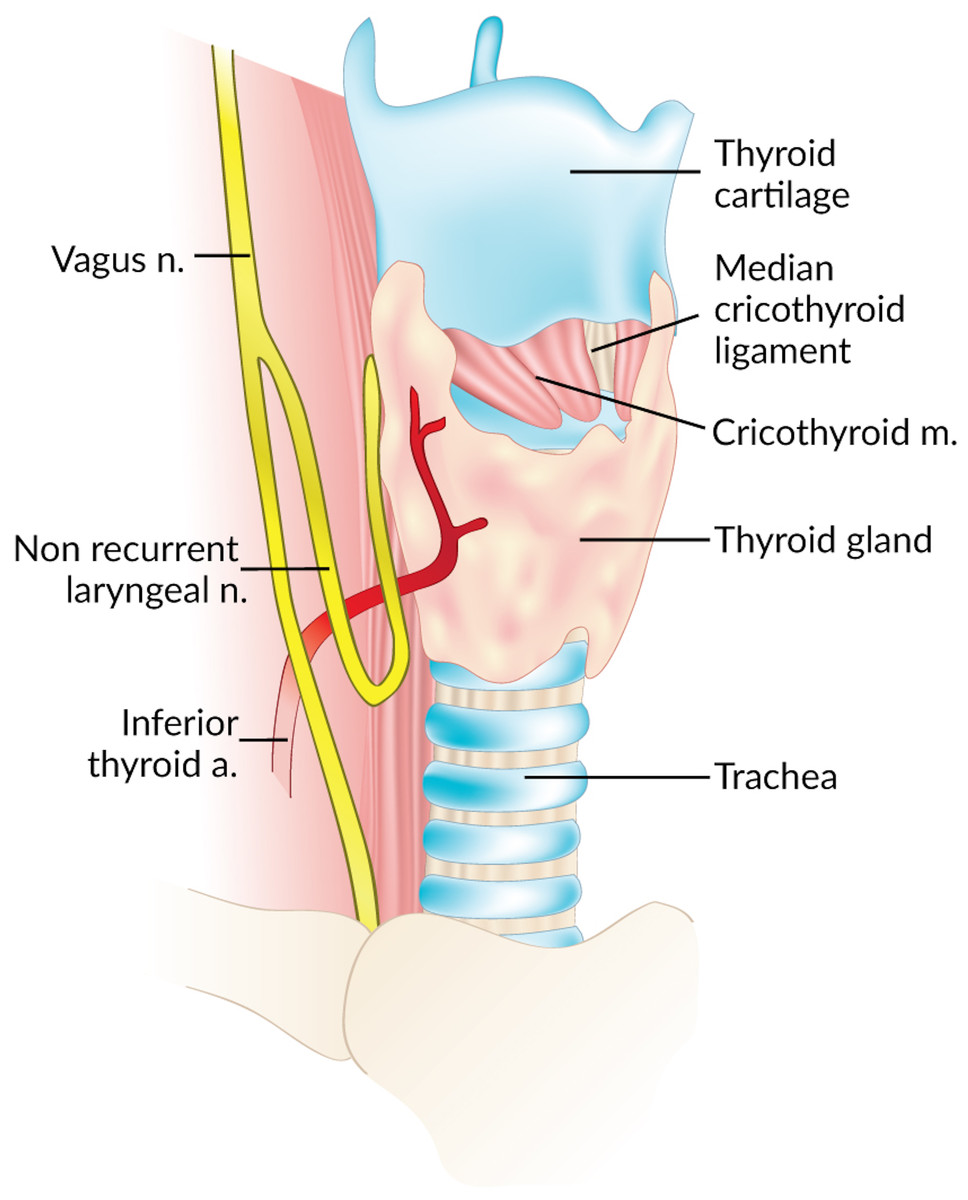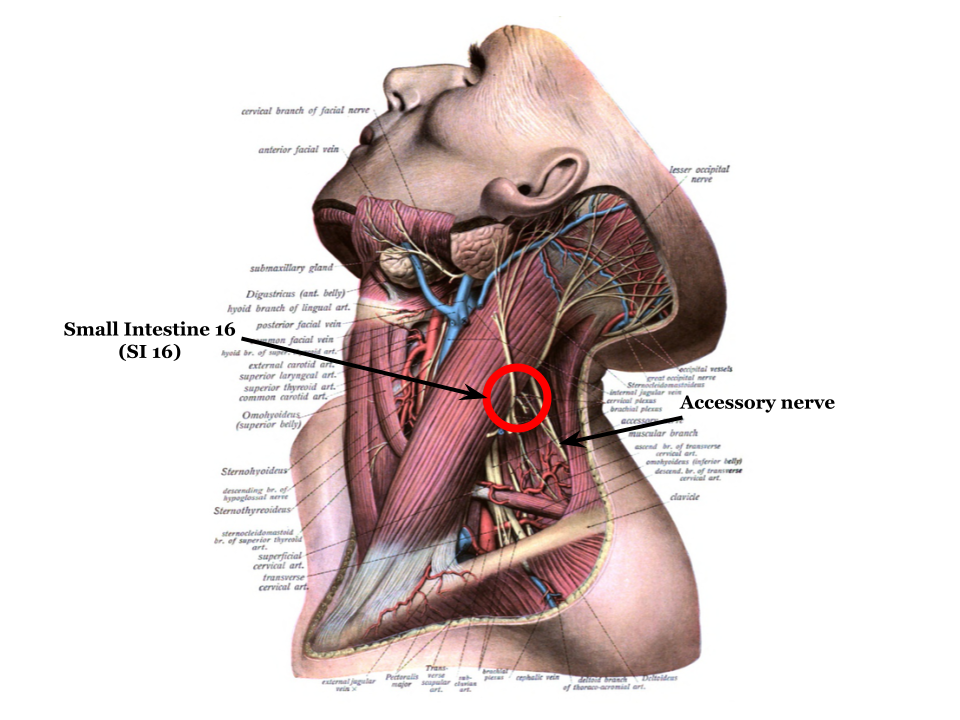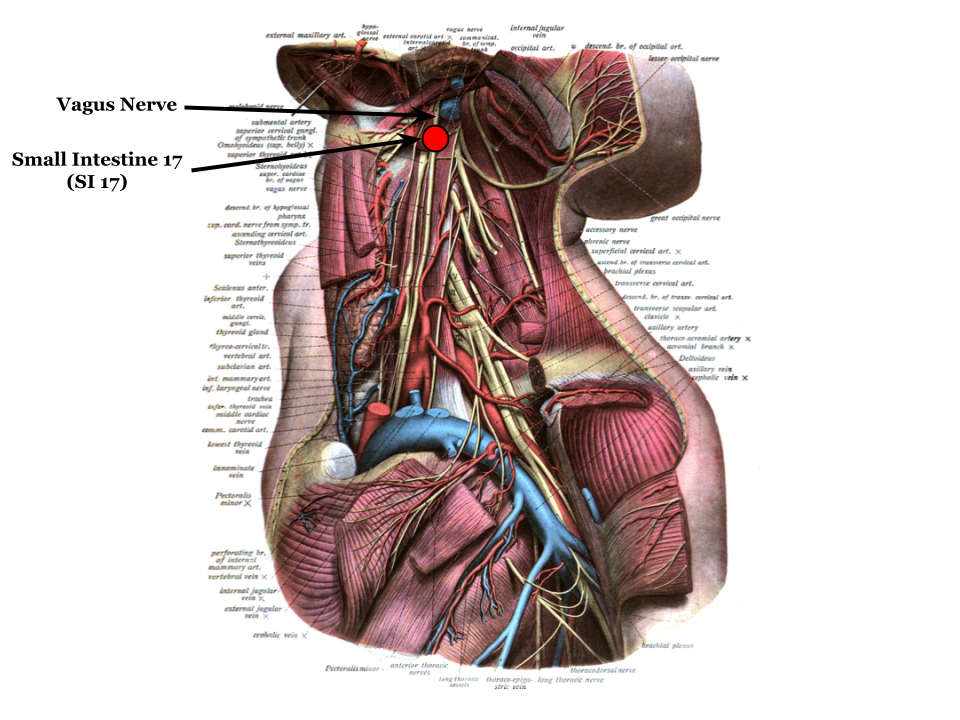Your gills
Human breathing mechanisms are remnants of those found in fish. Your sternocleidomastoid and trapezius were originally one muscle, the cucullaris, which elevates the gill flaps. Similarly, your ancestral gills elevate the rib cage, clavicles, and scapulae upon inhale. These do not work alone, but form a critical to respiration, craniosacral rhythm, metabolism (via the thyroid), and the posture of the entire body.
Neurological significance
While the diaphragm gets plenty of attention, these muscles are neurologically superior. Innervated by the accessory nerve (CN XI), an extension of the brain that has an intimate connection with the vagus nerve and the parasympathetic nervous system as a whole.
The phrenic nerve and the diaphragm
The phrenic nerve, which innervates the diaphragm, actually passes behind the SCM. Should the gills be weak and/or inhibited, the phrenic nerve can become compressed, interfering with communication to the diaphragm. Issues breathing with the diaphragm can sometimes be traced back to irritation or inhibition of the phrenic nerve. Restoring function to the gills can contribute to the diaphragm as well.
Drivers of the craniosacral pump
The SCM and trapezius are also some of the main catalysts in craniosacral rhythm, helping to expand the skull during inhale by pulling on the temporal bones and the occiput. This ensures adequate CSF flow through the brain and entire spine, protecting and nourishing the tissue. This could help explain the relative neurological importance that is placed on the the muscles.
Injuries and inhibitions
While these muscles will function subconsciously, damage to the accessory/vagus nerve or systemic ANS dysfunction can impair them along with both breathing and craniosacral rhythm. Other issues such as gut irritation can also negatively affect this process, especially if chronic. Physical injuries to the accessory nerve can manifest as changes to the position and movement of the neck, jaw, and shoulders.
The gills and the thyroid
The vago-accessory relationship also has implications for the thyroid gland which is innervated by the laryngeal branch of the vagus nerve. In the embryo, the thyroid also arises from the pharyngeal arches along with the vagus nerve. Lower vagal tone will translate to a less active thyroid gland. Thus, inhibited gill musculature will be connected to an inhibited thyroid.
Massage and resets
The vago-accessory nerves can be accessed via small intestine 16 and 17 (SI 16/17). Massage, light, and topical nutrients can help restore metabolic function in the region, improving respiration, thyroid metabolism, and CSF flow.
